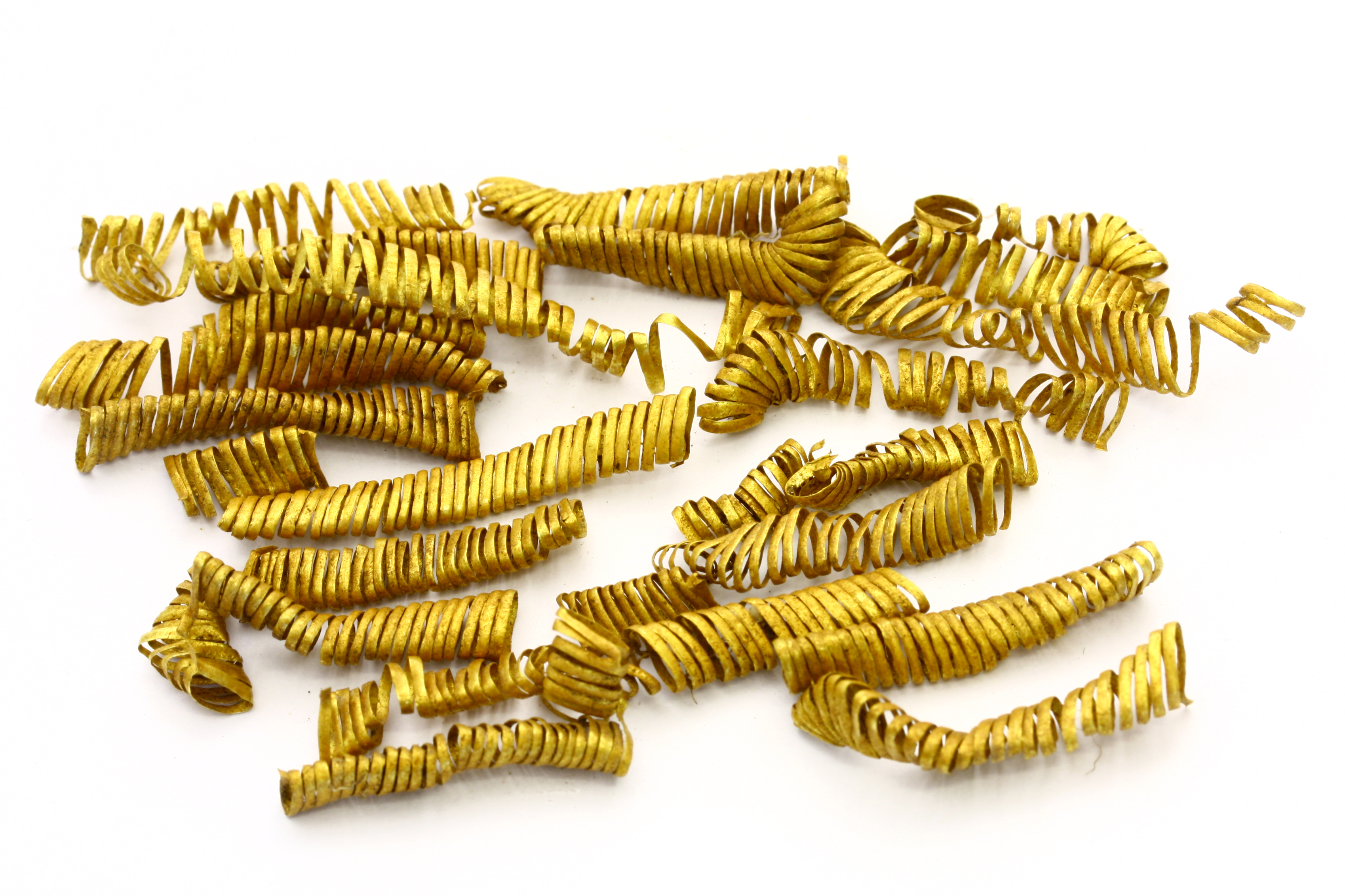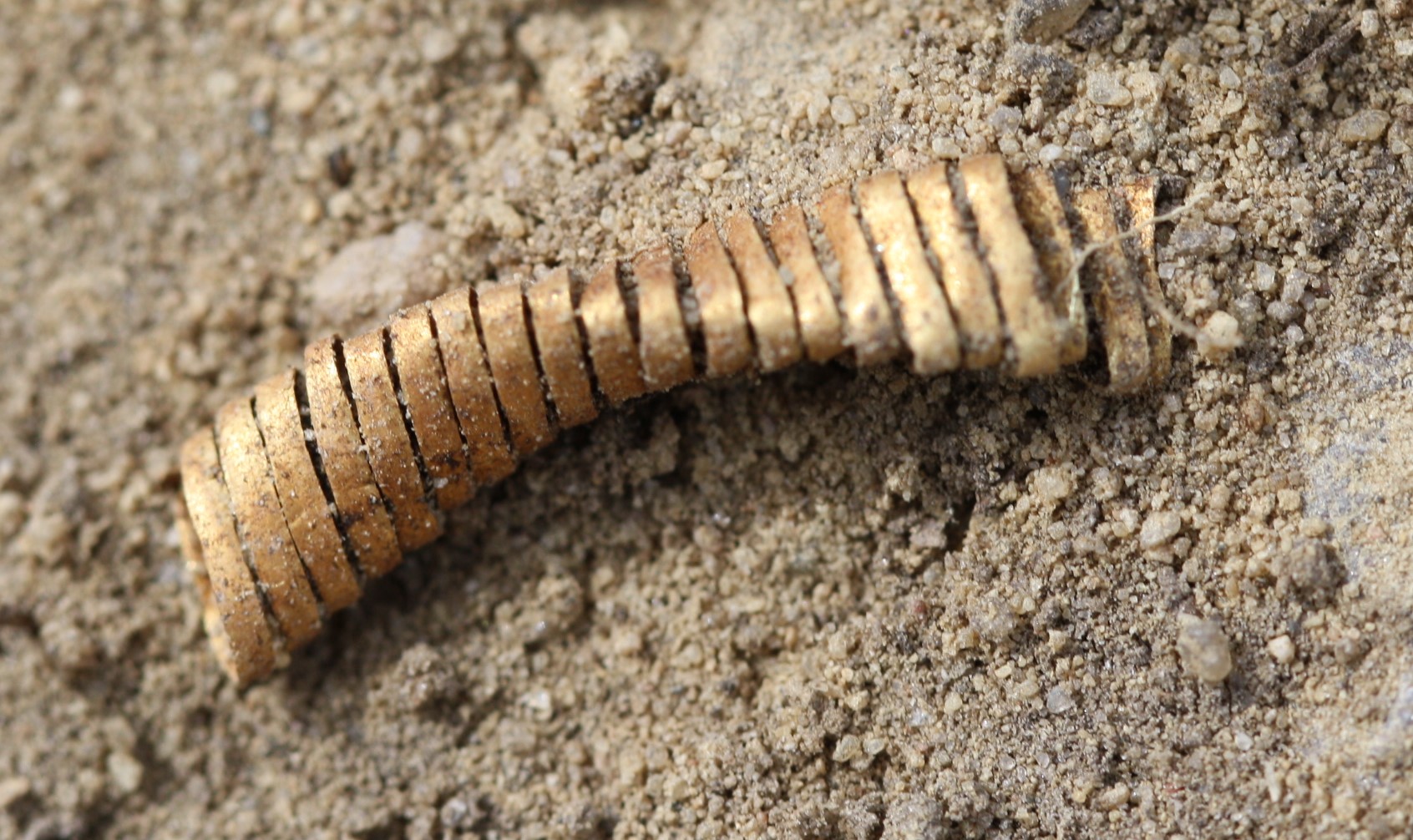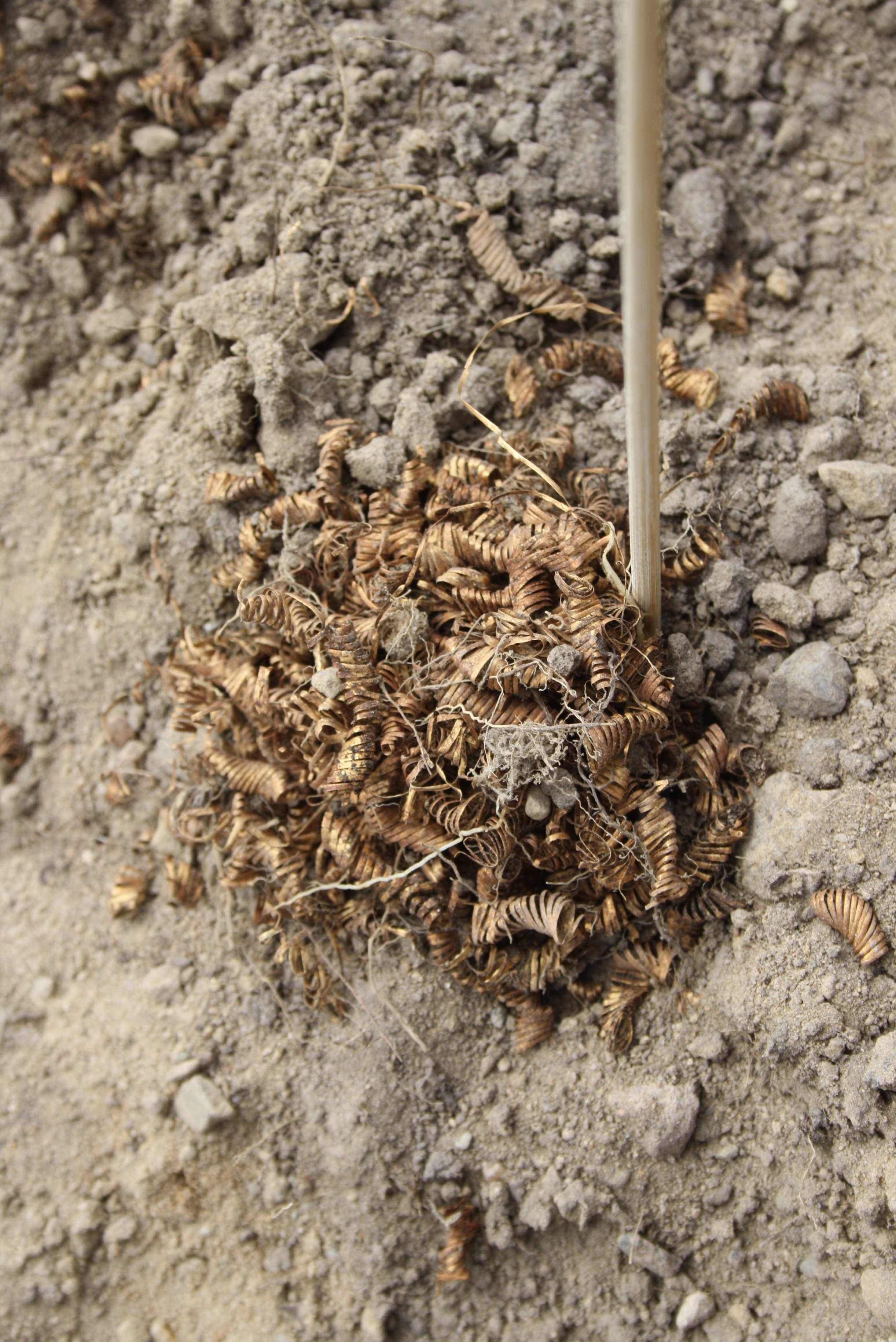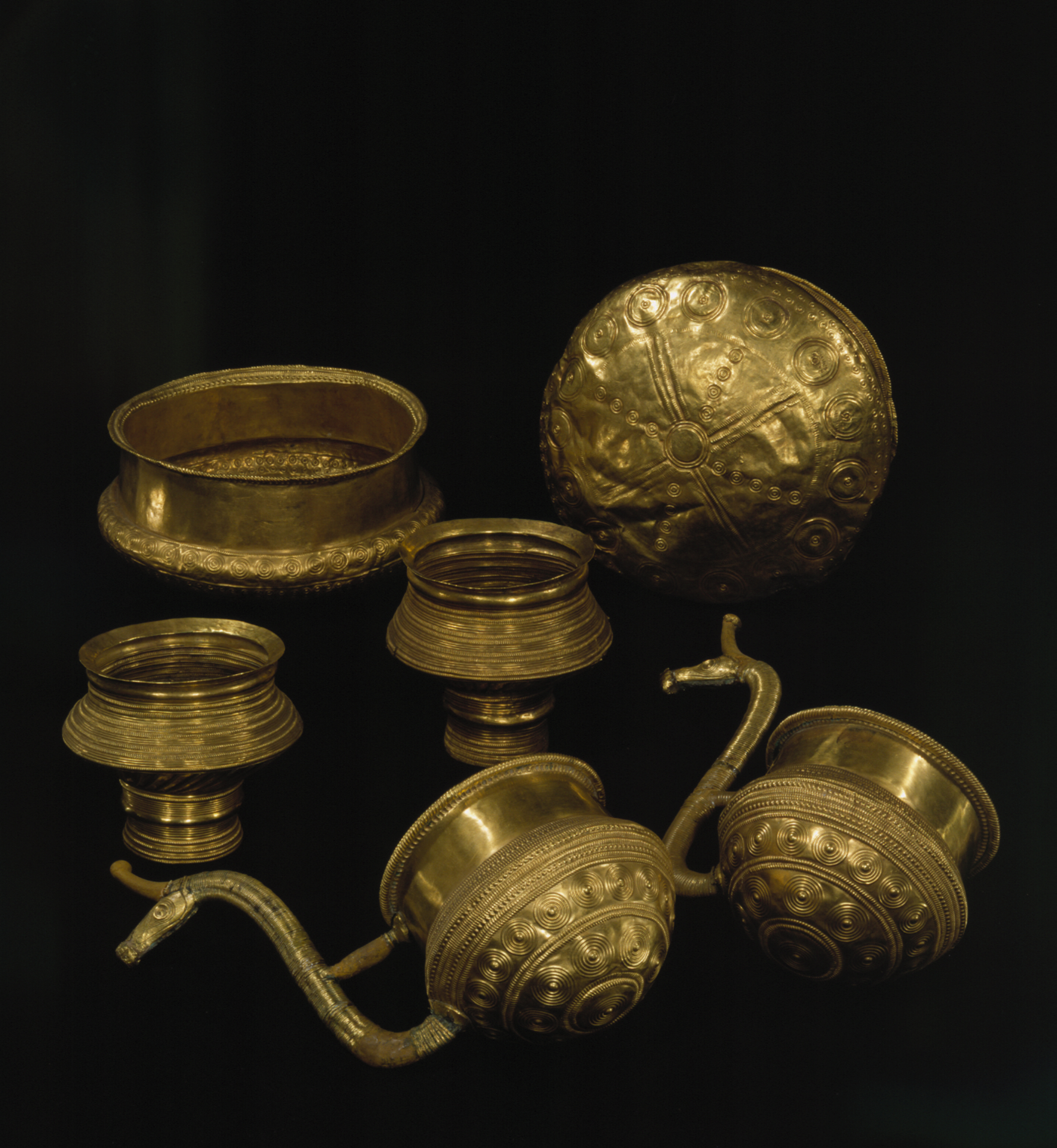Gallery: Mysterious Gold Spirals Discovered in Denmark
Archaeologists discovered 3,000-year-old gold coils in the town of Boeslunde, on the Danish Island of Zealand. Researchers are unsure what the Bronze Age spirals were used for, but Flemming Kaul, the gold's co-discoverer and curator at The National Museum of Denmark, thinks the gold was used in sacrifical rituals in honor of the sun. [Read full story about the golden discovery]
Tangled spirals

Archaeologists discovered 2,000 gold spirals in Boeslunde. (Credit: Morten Petersen, Museum Vestsjælland)
Sparkly spirals

The golden coils each measure about 1.2 inches (3 centimeters) long. (Credit: Morten Petersen Museum Vestsjælland)
Single spiral

A single gold spiral at the Boeslunde dig site. (Credit: Flemming Kaul, the National Museum of Denmark)
Sign up for the Live Science daily newsletter now
Get the world’s most fascinating discoveries delivered straight to your inbox.
Fresh spirals

The excavation site spread over a field in Boeslunde. (Credit: Flemming Kaul, the National Museum of Denmark)
Ancient bowls

Gold bowels from Borgbjerg Banke were found in the 1800s. (Credit: National Museum of Denmark)
Elizabeth Goldbaum is on Twitter. Follow Live Science @livescience, Facebook & Google+.











